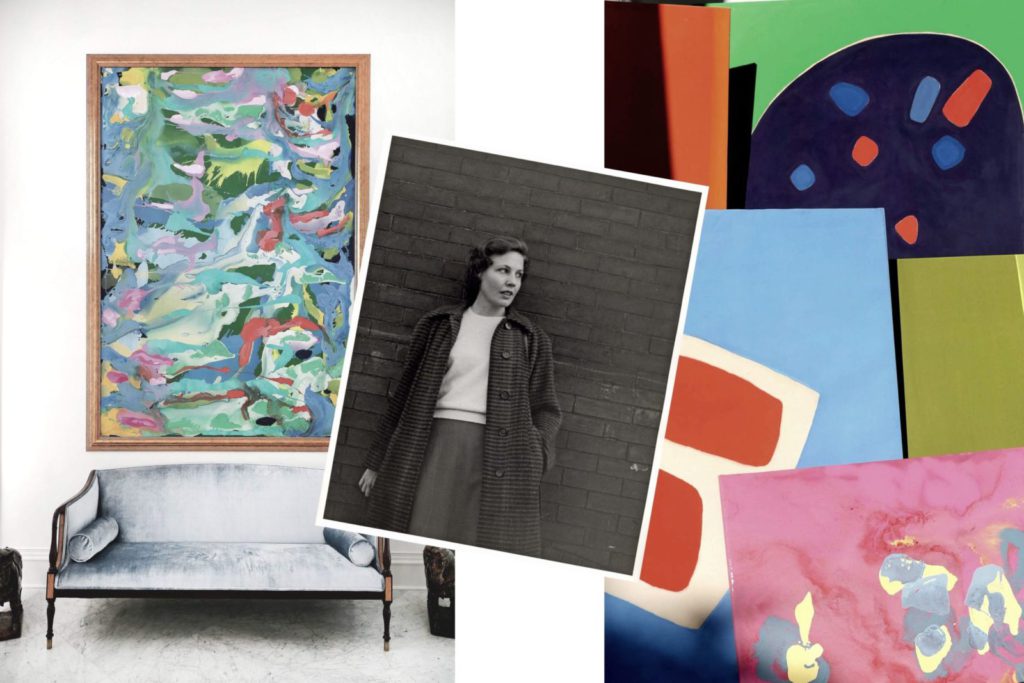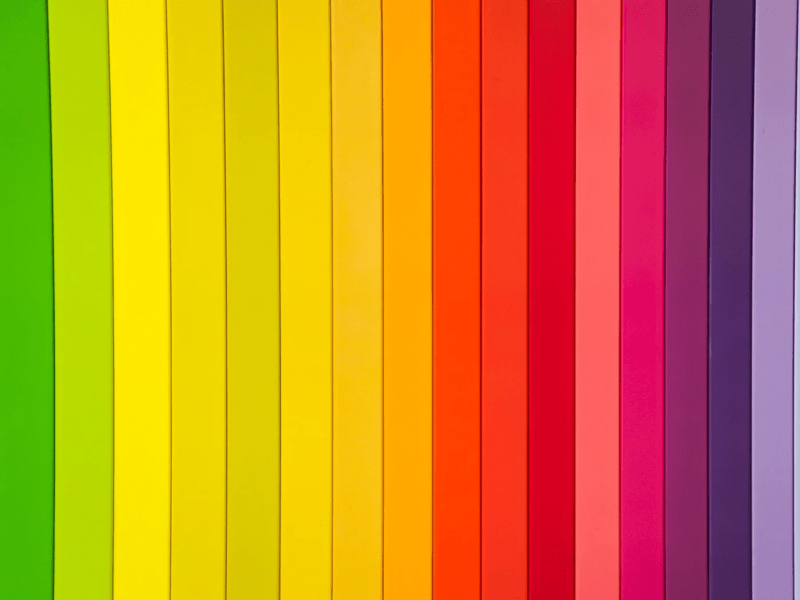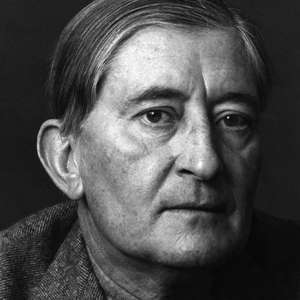Some of the more driving theories behind color theory in art in the 20th century evolved at the Bauhaus school in Germany. Two important texts on color theory and art emerged from the Bauhaus school: The Art of Color by Johannes Itten and Interaction of Color by Josef Albers.
The central premise of Itten’s text involved different types of contrasts that artists must master in order to create art effectively. Some of these different types of contrasts include the interaction of brightness and darkness when light/dark colors are used together, as well as the interaction of different hues of colors when different hues are used.
Albers was another Bauhaus artist who worked extensively on understanding how humans perceive color when different colors are used next to each other. One of the interesting aspects of Albers’ work is different sets of experiments to study how colors appear to the eye. Instead of trying to derive a theory of color, Albers encouraged students to experiment with different types of colors to better understand their artistic appeal and effect.
Some 20th Century Artists To Study To Better Understand Their Use of Color
Some of the artists listed below are students of Itten and Albers who either studied at Bauhaus or worked with Itten and Albers at other places. Their use of color can be particularly helpful to better understand their approach to color theory.
Richard Anuszkiewicz
In many of his works, Anuszkiewicz used high-intensity colors in different geometric patterns. His different juxtapositions of shapes and colors can be better studied in his paintings. Exploring different shapes and colors in his artwork can invite quilters to investigate different means of approaching their use of color in their improvisational quilting projects.
Gerald Garston
Gerald Garston was another painter who was a student of Albers. Garston’s simple use of colors is an application of Albers’ color theory into art that depicts real world settings, such as historical figures and sports icons. A collection of Garston’s work is available in the book The Art of Gerald Garson: A Good Life In Your Eyes. Garston’s art can be studied for meditative purposes for improvisational quilting and the colors studied for use in creating realism in your quilting.
Cora Kelley Ward
Cora Kelley Ward was another Albers student who studied and created art in the American south. Her paintings avoid the rigid shapes at Bauhaus, but use different hues and intensities of color in unique and beautiful configurations. As her art evolved, shapes became less of a factor and she focused more intently on color.

Robert Slutzky
Slutzky’s art used nice combinations of color to achieve a peaceful effect that complemented the harsh corners of shapes. One of Slutzky’s paintings that is on display at the Philadelphia Museum of Art has a nice usage of color that could be an inspirational source for improvisational quilting.
Irwin Rubin
Irwin Rubin was an artist and an educator who was particularly known for his painted wood art. Much of his art style can be understood by exploring his art collection that is on display at Yale. One of his collage constructions, called Untitled resembles a mini-quilt in its use of colors and displays a nice combination of colors, shapes, and asymmetry.
Learn More About Color Theory In Modern Quilting
If you are new to quilting or are just looking for new improvisational techniques to try that focus on color, try some of our on-demand courses that focus on color, such as “Befriending Colors,” “Playing With Color Value,” or our “Color for Quilters” class series.



